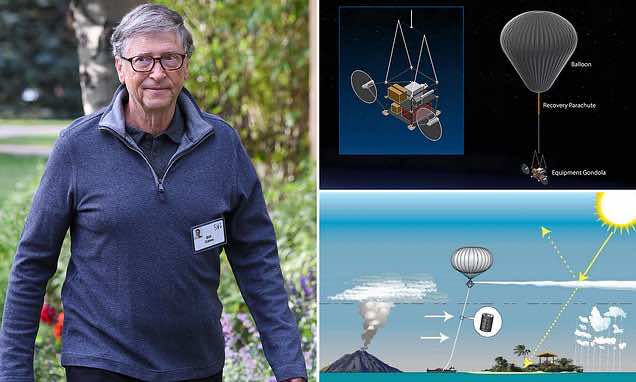Harvard University has proposed a much-needed idea to block excessive sunlight in the upcoming summer season.
At Harvard, scientists and researchers came up with this unique new idea, which doesn’t sound like something out-worldly given the kind of advances in technology we have witnessed in the past years. Since the idea has now been floated, it shall be achieved soon too. The experiment promises to lower the effects of global warming, and it all seems more real, with Bill Gates backing the idea.
The first testing is expected somewhere near the June of 2021.
Harvard scientists to block the sun’s excessive heat with stratospheric control
The project known as the Stratospheric Controlled Perturbation is a scientific experiment designed to understand better the possibilities with which stratospheric aerosols could be applied in the field of solar geoengineering.
This scientific experiment includes refining solar geoengineering simulations’ fidelity to develop answers to the fundamental questions circulating the notion. Scientists depend on these simulations to comply with the involved risks and benefits of solar geoengineering. These simulations come with natural hazards, whereas the technology tends to predict otherwise, expecting a more positive outcome.
This is the reason SCoPex will collect quantitative measurements of aerosol microphysics. The project will do the same for atmospheric chemistry, which is also considered a high uncertainty point in the current simulations.
Bill Gates funds plan to experiment with blocking sunlight
Scientists from Harvard University said they would set up a gigantic balloon and make it hover over Sweden’s skies to experiment if the excessive sunlight could be blocked. It is a new hope to fight global climate change.
The first tests are expected only to experience a test-run with the air-borne balloons. Later they will begin testing the chemical reactions in the stratosphere using that balloon.
Plans For Slowing Down The Climate Change
Once the balloon receives the desired altitude, it will release some reflective particles in the space, which will expectedly block the direct sunlight from hitting our planet, decreasing the effects of global warming.
If the blocking sunlight experimentation goes successfully, it will become a critical method to tackle climate change and global warming.
SCoPEx Project to create ‘Perturbed Air Mass’
If things go as planned, the balloon’s final goal would be to release around 2 kg of sulfate and calcium carbonate in the earth’s stratosphere. This process is called perturbed air mass, converting the targeted atmosphere to a physical area for approximately 1 km long and 328 feet wide.
The plan offers unconventional change, but for it to make significant changes, billionaires would have to copy the same project all across the globe to have a broader impact.

